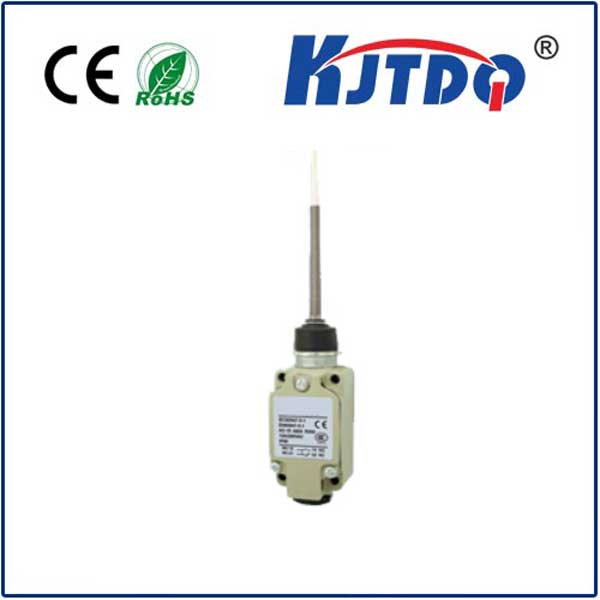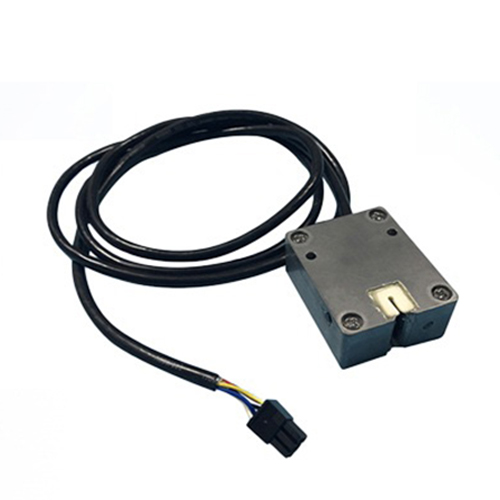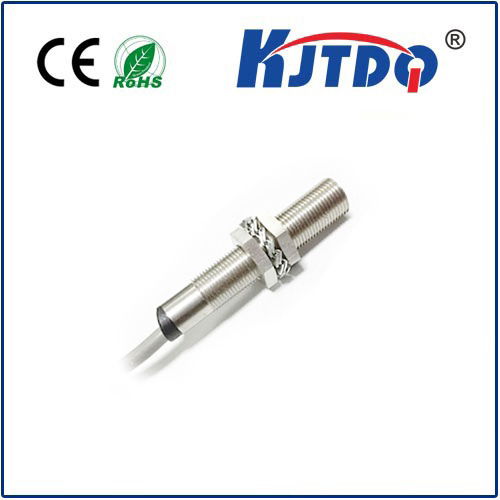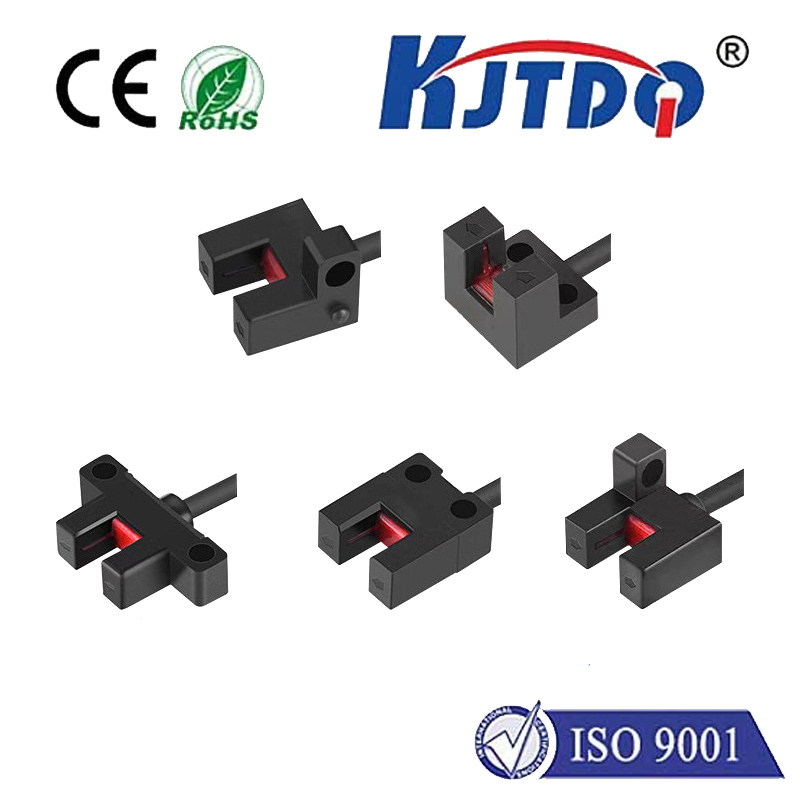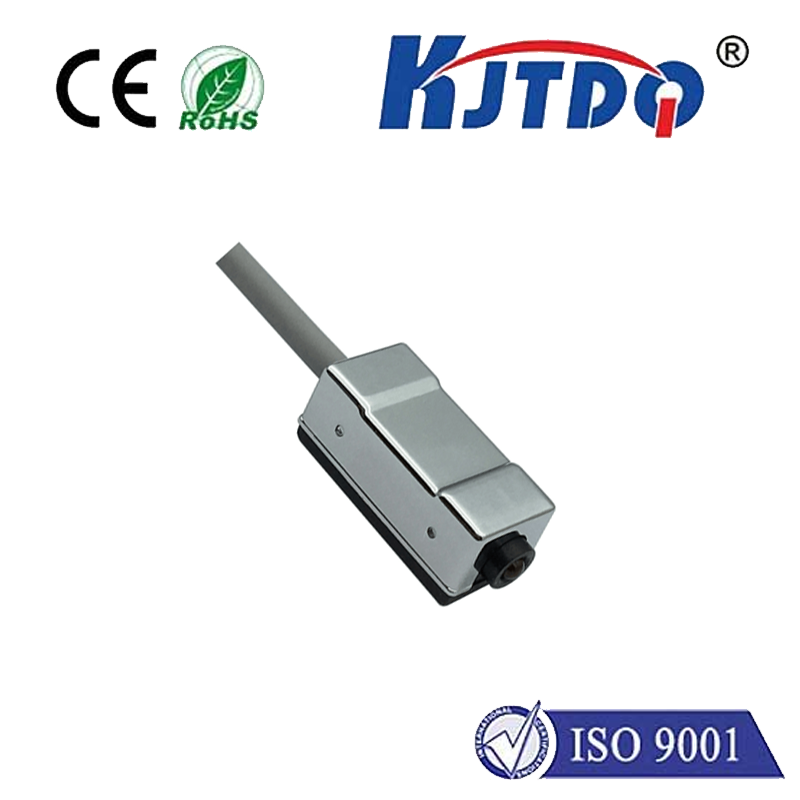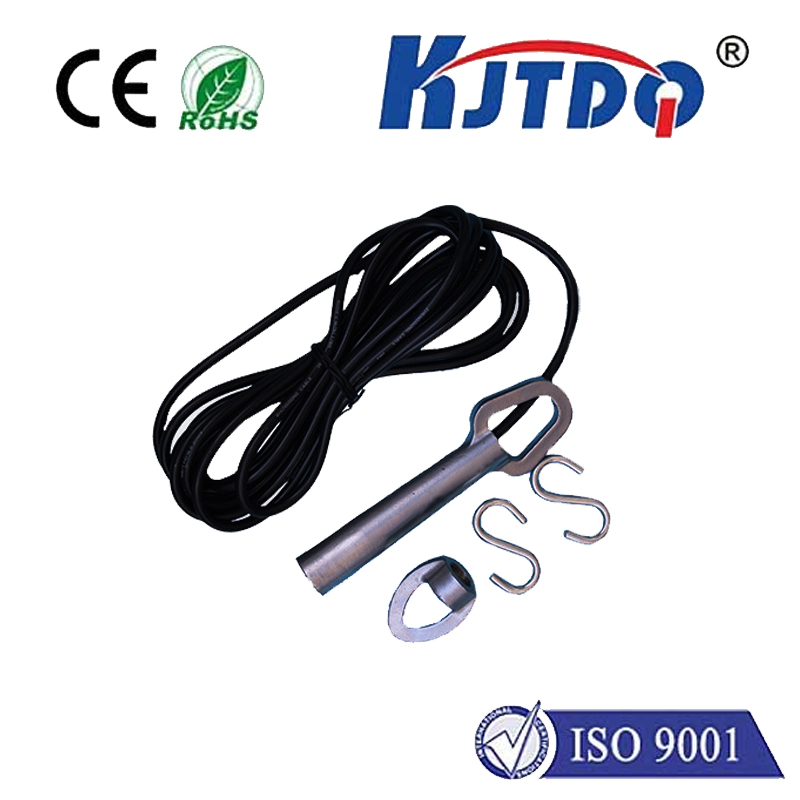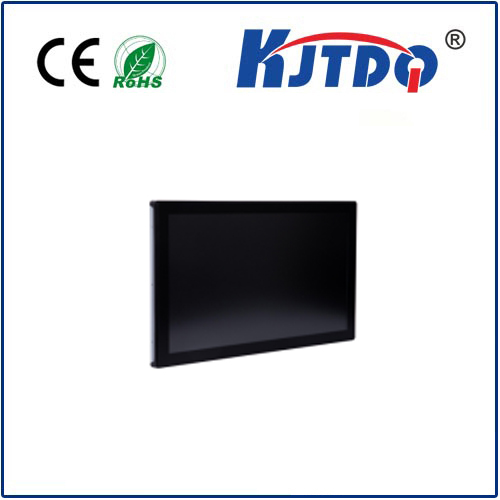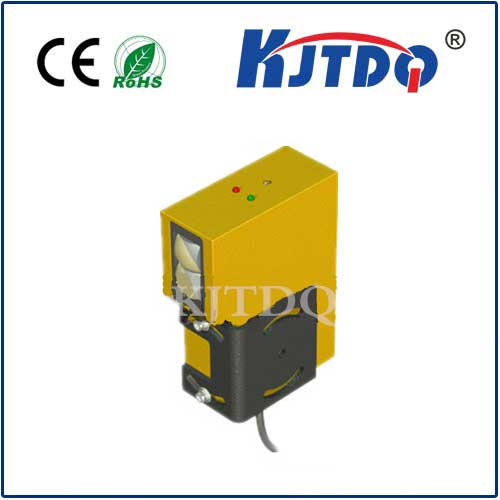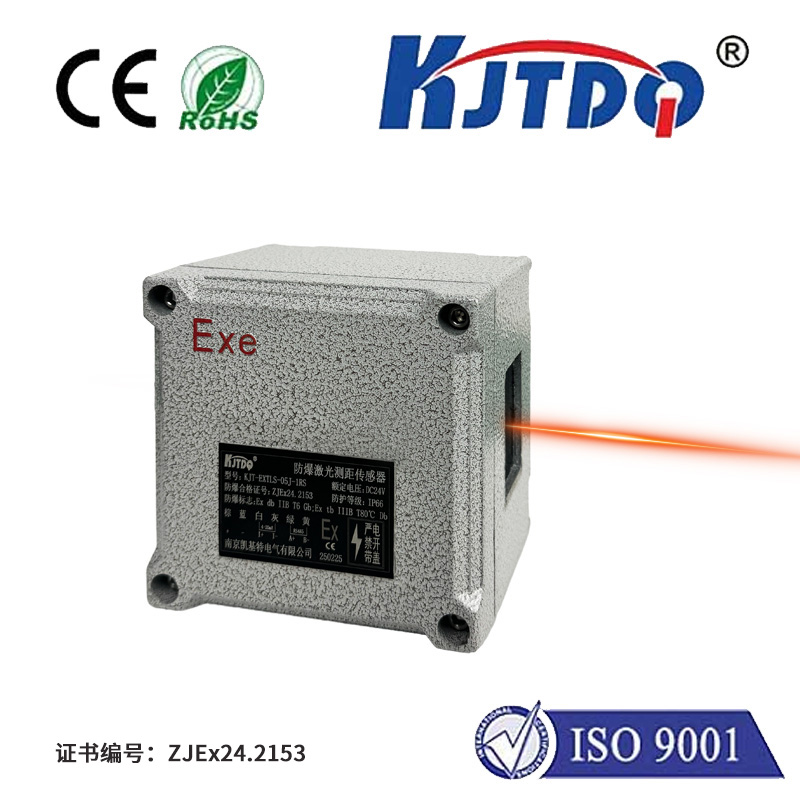m8 inductive sensor
- time:2025-06-16 17:13:16
- Click:0
M8 Inductive Sensors: The Compact Powerhouses of Industrial Sensing
How do you reliably detect metal objects in the harshest environments without physical contact? Amidst the clatter of machinery, dirt, vibration, and demanding cycles, traditional methods often falter. Enter the unassuming yet indispensable M8 inductive sensor – a marvel of engineering packed into a tiny, cylindrical form. These rugged workhorses form the silent backbone of countless automation systems, offering non-contact detection with unmatched durability and precision. Understanding their operation, benefits, and applications is key to optimizing modern manufacturing and beyond.
Demystifying the Core Principle: Electromagnetic Induction
At the heart of every M8 inductive proximity sensor lies the fundamental principle of electromagnetic induction, discovered by Michael Faraday. Here’s the elegant simplicity:
- Generating the Field: An internal oscillator circuit generates a high-frequency alternating current through a coil wound around a ferrite core within the sensor’s sensing face.
- The Eddy Current Effect: When a conductive metal target (steel, aluminum, brass, etc.) enters this oscillating electromagnetic field, tiny circulating currents called eddy currents are induced on the target’s surface.
- Energy Absorption & Signal Shift: The formation of these eddy currents absorbs energy from the sensor’s oscillating circuit. This energy loss causes a measurable change in the amplitude (or frequency, depending on the design) of the oscillator.
- Triggering the Switch: An integrated evaluation circuit continuously monitors this change. Once the shift exceeds a predefined threshold (corresponding to the target entering the nominal sensing range), the sensor’s solid-state output switch (like an NPN or PNP transistor) changes state – typically opening or closing an electrical circuit.
The Defining “M8”: Form Factor Matters

The “M8” designation specifically refers to the sensor’s cylindrical threaded housing diameter, standardized at 8 millimeters. This compact size is a defining feature and a major reason for their widespread adoption. Why is this form factor so critical?
- Space Efficiency: M8 sensors excel in applications where real estate is premium. They can be mounted in tight spaces, crowded control panels, or directly onto compact machinery where larger sensors simply wouldn’t fit.
- Mounting Versatility: The threaded barrel allows for easy and secure installation using standard M8 nuts. Sensors can be mounted flush with metal surfaces or adjusted non-flush (depending on shielding type) to achieve the required sensing distance. Many feature adjustable mounting nuts for precise positioning.
- Industry Standard: The M8 size is a globally recognized industry standard. This ensures compatibility with existing mounting brackets, holes, and panel cutouts, simplifying design, maintenance, and replacement.
Unpacking the Key Advantages: Why Choose M8 Inductive?
The popularity of M8 inductive sensors stems from a compelling combination of features:
- Non-Contact Operation: Zero physical wear on the sensor or target. This translates to exceptionally long service life and eliminates issues like mechanical sticking or target damage.
- Exceptional Ruggedness: Engineered for industrial environments. Key attributes include:
- Robust Housing: Typically stainless steel or nickel-plated brass, resisting corrosion and physical impact.
- Environmental Protection: High IP ratings (e.g., IP67, IP68, IP69K) ensure reliable operation despite dust, dirt, oils, coolants, and even high-pressure washdowns. Sealing integrity is paramount.
- Vibration & Shock Resistance: Withstand the constant rigors of moving machinery.
- High Switching Frequency & Speed: Capable of detecting very fast-moving targets (often hundreds of Hz to kHz), making them ideal for high-speed counting, positioning, and indexing applications.
- Long Sensing Ranges: Despite their small size, M8 sensors offer impressive detection ranges relative to their diameter. A shielded M8 sensor typically provides a 1-2mm range, while unshielded variants can achieve 2-4mm. This generous sensing distance offers flexibility in installation.
- Immunity to Environmental Factors: Unaffected by ambient light, non-metallic contaminants like dust, chips, or liquids (within their IP rating). Primarily detect only conductive metal targets, ignoring plastics, wood, etc.
- Solid-State Reliability: With no moving parts to wear out, they boast high mean time between failures (MTBF).
Where the Action Is: Diverse Applications
The compactness and robustness of the M8 inductive sensor make them ubiquitous across industries:
- Factory Automation: Position verification of pistons in cylinders, detecting parts on conveyors, counting metal components, monitoring spindle rotation, end-of-travel limit switching, and presence detection in assembly lines. Critical for machine safety and process control.
- Material Handling: Verification of pallet presence, roller conveyor detection, and guiding robotic arms picking metal objects.
- Packaging Machinery: Detecting metal seals, lids, or components on high-speed filling and capping lines.
- Food & Beverage: Stainless steel variants (often with high IP69K ratings) monitor equipment position and detect metal parts or containers in demanding washdown environments.
- Automotive Manufacturing: Precise positioning and detection in engine assembly, body shops, and paint lines.
- Machine Tools: Tool breakage detection (using target flags), chuck clamping verification, and coolant level detection (using float targets).
- Robotics: End-effector confirmation, gripper position sensing, and locating metal workpieces.
Selecting the Right M8 Sensor: Key Considerations
Not all M8 inductive sensors are identical. Choosing the optimal one involves several factors:
- Sensing Distance (Sn): Determine the required operating distance. Consider the physical gap between the sensor face and the target in the application. Choose shielded (shorter range, flush-mountable) or unshielded (longer range, requires non-flush mounting) accordingly.
- Target Material: While all metals are detectable, the effective sensing range varies. Steel provides the longest range. Factor in a reduction factor (typically 0.3-0.8) for non-ferrous metals like aluminum or brass.
- Output Configuration: Does your control system require:
- NPN (Sinking) Output? Switches the negative/ground connection.
- PNP (Sourcing) Output? Switches the positive voltage connection.
- Normally Open (NO) or Normally Closed (NC)? Defines the switch state when no target is present.
- Analog Output (e.g., 4-20mA, 0-10V)? For measuring distance or target displacement proportionally (less common in M8, but available).
- Connection Type: Integral cable (fixed length) or connector variants (e.g., M8 or M12 connectors) for easy replacement and maintenance. Connector types offer valuable installation flexibility.
- Electrical Specifications: Ensure compatibility with your control voltage (commonly 10-30V DC) and current requirements.
- Environmental Rating: Match the IP rating (e.g., IP67 for general use, IP68/IP69K for submersion/washdown) to the operating environment. Consider temperature extremes. Environmental resilience is non-negotiable.
- Housing Material: Choose stainless steel for maximum corrosion resistance or nickel-plated brass for general industrial use.
The Unseen Engine of Automation
From verifying a tiny screw is present on an assembly line to ensuring a massive robotic arm positions itself correctly







